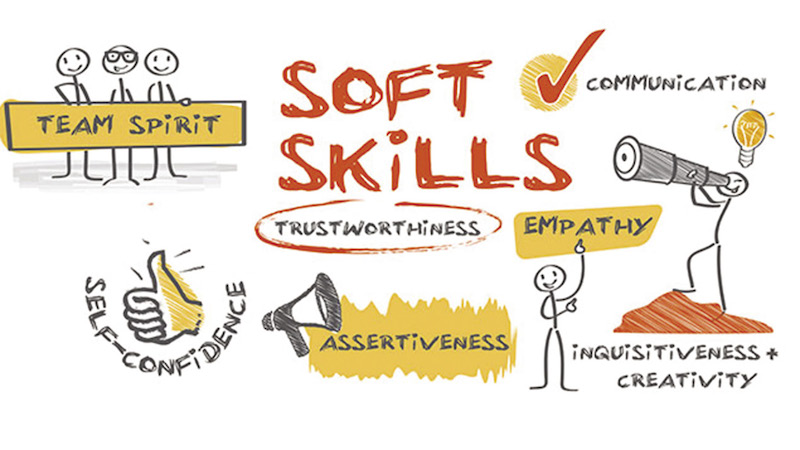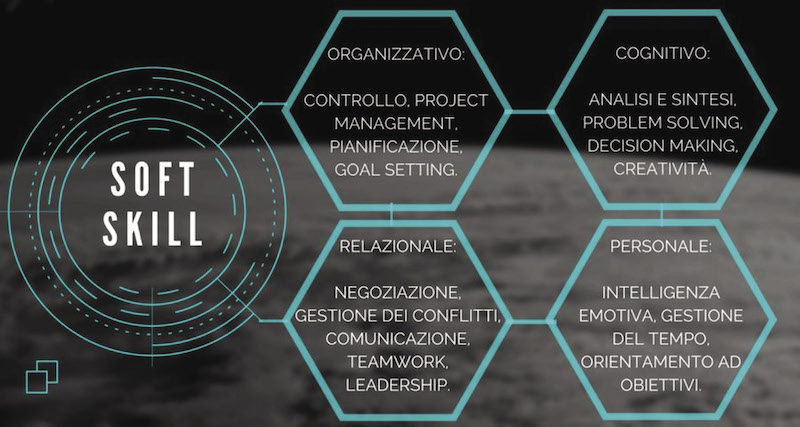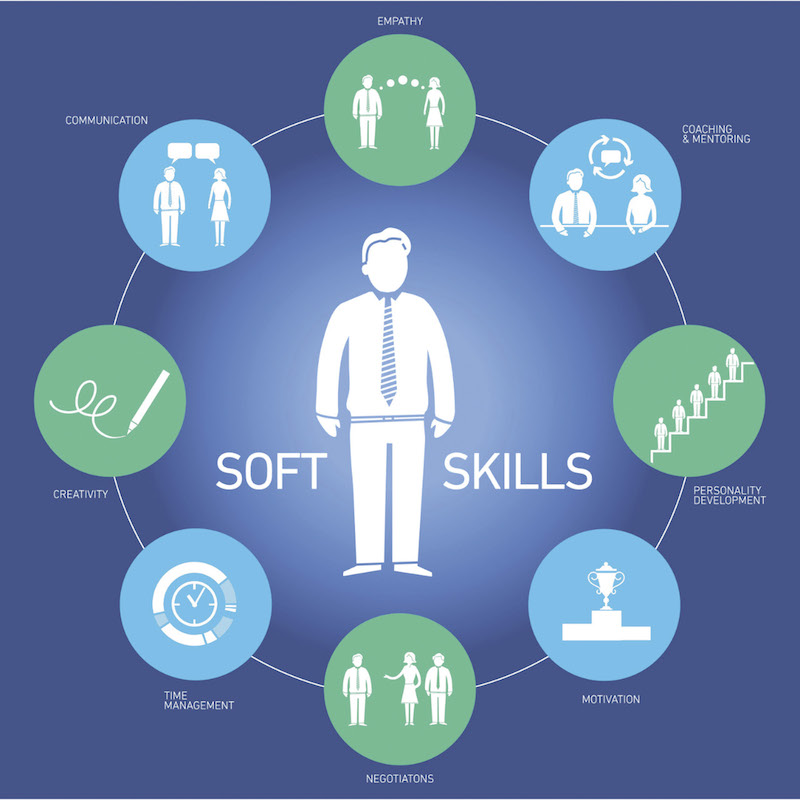[In Italian] “Limi la testa e i collettori, cambi marmitta e carburatori e così (vrrrrr) con poca spesa il tuo motore ha un’altra resa.” (Lyrics from the song Il Truccamotori by Giorgio Gaber)
These are two verses of the song Il truccamotori by the unforgettable Giorgio Gaber. It was 1968 and the pioneer of the musical genre known as teatro canzone (song theatre) probably did not already know it (probably) but he was already doing a satire of habits about "soft skills!" There I was discussing "agile working" and it reminded me of Gaber and made me think of another contribution to Vedere Oltre. As for the last issue, this could be considered a pill of autonomy that comes from my experience as a blind person in the employment world.

A pill of autonomy that makes the "agile" perhaps more important for blind people than the relevance it may be given by the modern economic models to the startup sector. But I have too much respect for readers' time to waste it on theoretical explanations. In this regard you may find information in the Wikipedia encyclopedia. Here instead I apply one of the most important behaviours laid out in the methodology: follow suggestions.
Only a few weeks ago, for a course in orientation and mobility, I needed to have a tactile map of an area in Milan. What could I do? Sure, I could buy a 3D printer and learn how to use it. But this would be a deep skill like it would be a deep skill to learn how to use a graphic design program to draw the plastic in orthographic projection and then submit it to the printer. Here are the soft skills: the ability to use the Internet and move in social networks and a little knowledge of English was all I needed.

In a mailing list on computer graphics, I met a sighted student whom I asked to translate into CAD the map taken from Google Maps. I then searched on the Internet for a 3D printer available online and I sent the document prepared by the student. Done! A few days later I received the model at home. To those who ask me in private, I can give references and documents to replicate the project, but I never do so in the classroom. I ask students to carry this out with their own soft skills instead of mine, those of a sixty-year-old who is much less able than them to navigate the current information society. There is also another reason why I am not directly pointing to the path that I followed. The cost-outcome ratio can be greatly improved. It would be better to use an embosser instead of a 3D printer but, be careful, finding it as a network node with one's own soft skills and not buying it to learn how to use it. But we are not stopping here. The game can become even more interesting. Just as I found the 3D printer node on the net, I also found that of the 3D scanner to which I submitted the pictures, which, following the correct methodology, I had a friend take care of, from the switch I removed from my washing machine. The CAD document that the scanner produced I once again gave it to the now-friendly student, asking him to modify the graphic design with the tactile reliefs I thought of to increase usability by a blind person. I then sent everything to the 3D printer and, when the new piece came back to me, I had it replaced by the plumber. It was easy to take it apart but putting it back in place required a real deep skill! :)

Here I stop with the pill to switch to a warning though. The news is full of examples of young entrepreneurs who have been able with their soft skills to give life to important startups and have seen it also done by blind people committed to designing and producing better aids. Be careful though! The boundary between soft skills and amateurism is not always easily identifiable. The risk of ending up like our friend the truccamotori is high, find out on YouTube, but soft skills provide us with some methodological tool to avoid this: Wikipedia. Here I will only make two suggestions: always work on real needs and always do it as a team. In fact, our friends and stomach keep us, here as in life, always on tracks.




.png)